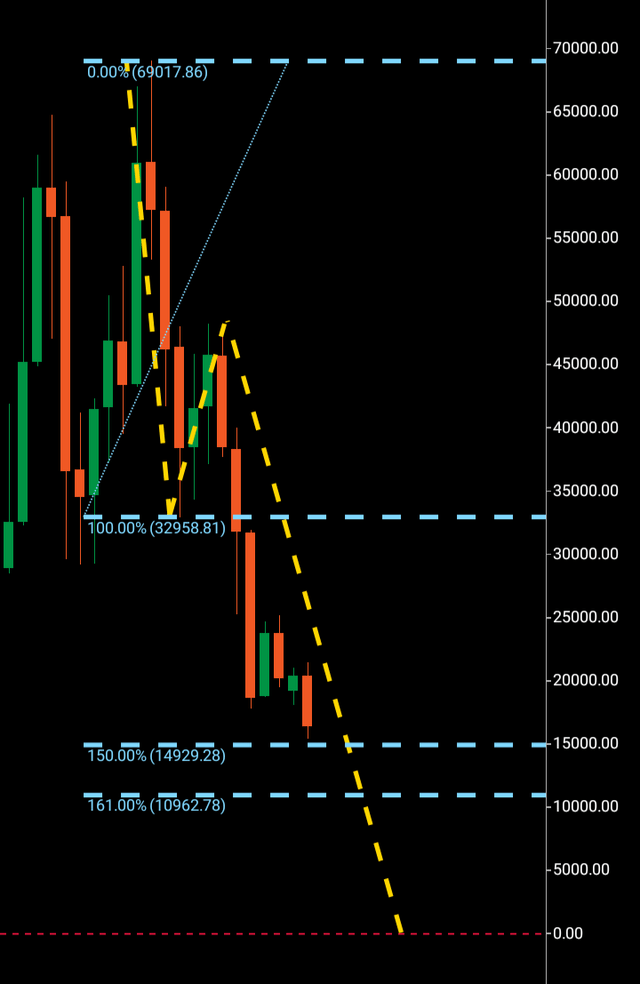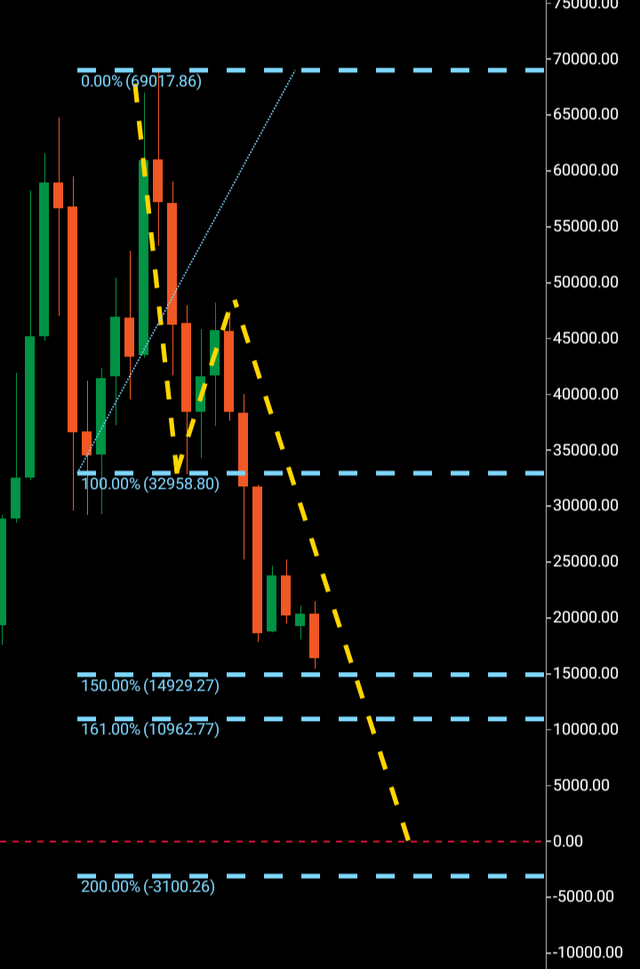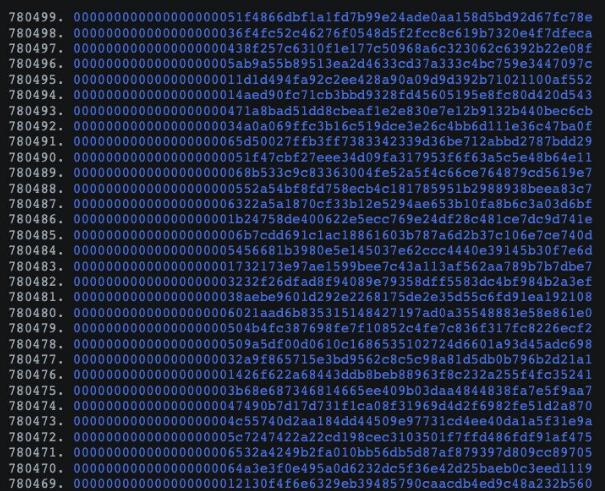This is just the beginning for Bitcoin (Technical Analysis) (BTC-USD)


Vertigo3d
What if I told you that an unregulated industry was met with a high volume of inexperienced “investors”? Doesn’t that sound like the dream date? I documented stories in previous articles a few months ago about meeting people from all over walks of life that had mentioned that they had gone into crypto, but in reality I have no facts about how things ended for them, so I can only hope for the best, but generally, in these situations, history has told us that it is not the case.
On the other hand, when Bitcoin (BTC-USD) was circling the $17-$23K region for a long time, I said it was going lower. This also could not have been the case as I do not own a crystal ball, but I know my technicalities. And the region it potentially had bottomed out technically didn’t. In bearish cases, it can be a bit more complicated to accurately decipher the outcome of a wave pattern, as they can sometimes work differently than bullish wave patterns. Buy low sell high comes to mind and therein lies a reason, a financial product can be bought up at any stage if the buyer with enough buying power and insight or courage can essentially turn a market where others are following suit.
Bullish waves have generally been bought low and without coining a phrase like “Let the winners run”, there is some truth in the aforementioned cheesy line. As prices move up, investors want to hold for the long term, and traders may see no need to sell in a quiet market, so bullish waves generally have a higher chance of completion than their bearish counterparts.
IN Bitcoins In the event, I was technically forced to call, as it didn’t technically make sense when it appeared to be “bunning”. A bearish wave will normally at least see Fibonacci 161 after breaking through support and in Bitcoins in case the level is 10k.
First, let’s look at the current monthly chart. My previous Bitcoin article was published at around the $19K price range. So big was that bearish wave that if wave three completes a numerical copy of it, Bitcoin will end up at zero. The first level we can see is Fibonacci 150 at $14.9K, which is not a popular Fibonacci level, given the scale of the wave, the 150 level came within increased probability of being hit before the 161 level at $10K. So far, Bitcoin has come close, falling into the low $15K region.

Bitcoin monthly (C Trader)
We can see wave one $69K – $32K with wave two peaking out near the $50K region before breaking the $32K support.
So what’s next, and is it just the start of a steep decline for this digital currency? Possibly is the answer. In the chart below, we can see that if Bitcoin numerically replicates its wave one, it will fall to zero.

Bitcoin monthly (C Trader)
To summarize, I expect Bitcoin to fall to the $10K region in the next 30-120 days. If there are signs of a macro reversal using a three-wave bullish pattern on the developing monthly chart, it could signal a bottom. Without that three-wave pattern forming, the probability that the wave may appear to complete by heading towards zero will be increased.
About the Three Wave Theory
The three wave theory was designed to be able to identify exact probable price action for a financial instrument. A financial market cannot navigate significantly higher or lower without making waves. Waves are essentially a mismatch between buyers and sellers and print a picture of a likely direction and target for a financial instrument. Once wave one and two have formed, the higher high/lower low point provides the technical indication of future direction. A wave one will continue from a low to a high point before finding significant enough rejection to form wave two. When a third wave breaks into a higher high/lower low, the only likely numerical target bearing available on a financial chart is the equivalent of the wave one low to high point. It is highly likely that wave three will look for numerical replication of wave one before making its future directional decision. It can continue past its third wave target, but only the wave that proves a price was able to continue before rejection is available to look at as a likely target for a third wave.

























